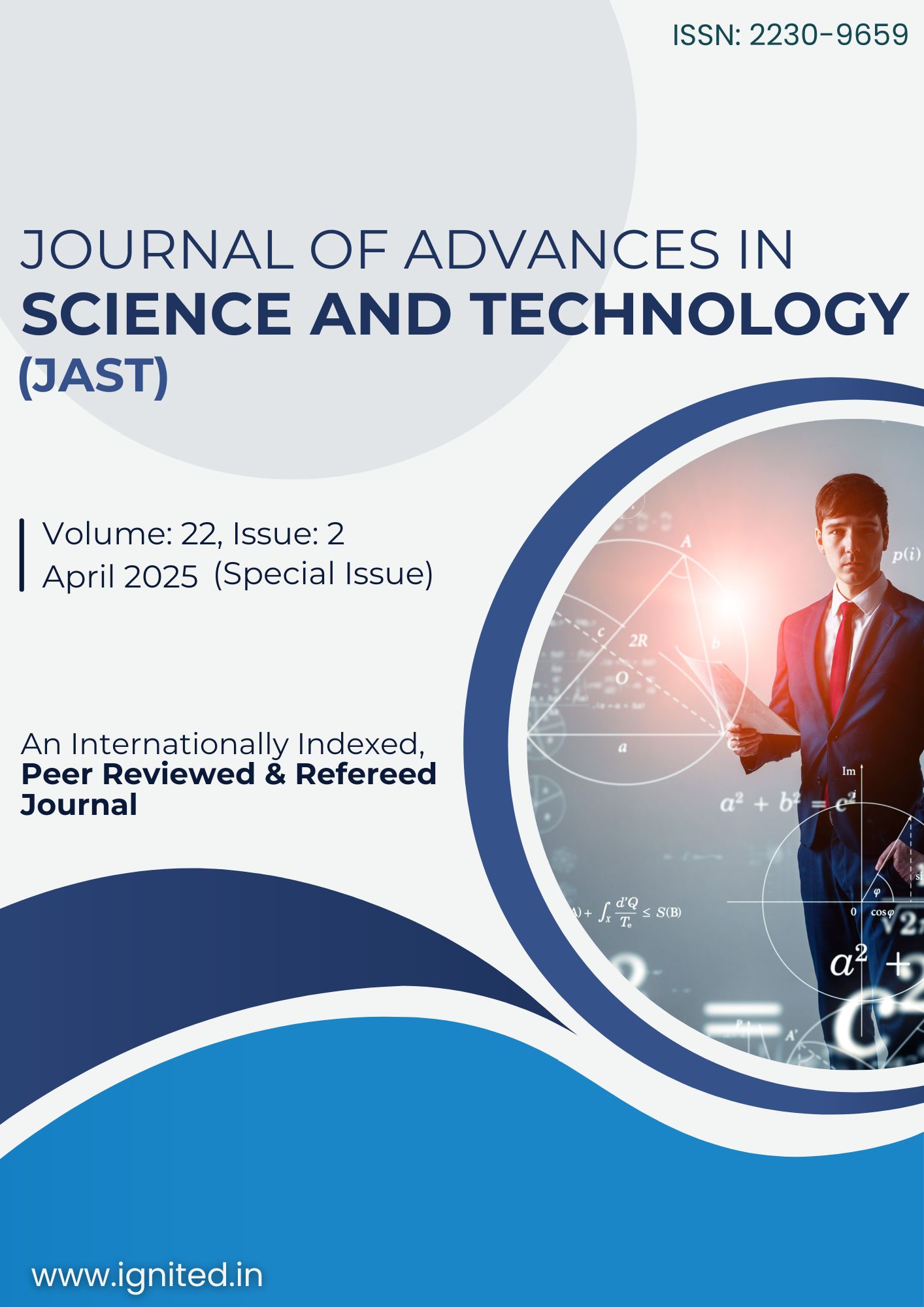Modelling the Growth of OTT Platforms During Lockdown Using Constraint Programming: A Mathematical Approach
Main Article Content
Authors
Abstract
The COVID-19 pandemic led to a global lockdown, transforming consumer behavior and catalyzing a dramatic rise in Over-The-Top (OTT) media consumption. This paper presents a novel approach to modeling this growth using Constraint Programming (CP). By incorporating demand drivers (subscription cost, content volume, internet penetration), temporal constraints (lockdown phases), and budgetary limits (household income allocation), the model identifies optimal strategies for OTT adoption and platform content scheduling. A diffusion-based CP framework is used, highlighting how internal and external influences impacted subscription spikes. We also provide sensitivity and stability analyses to study the robustness of the model under policy or economic shifts.
Downloads
Article Details
Section
References
- Lee, Y., Kim, SH. & Cha, K.C. The diffusion pattern of new products: evidence from the Korean movie industry. Asian Bus Manage 22, 1830–1847 (2023).
- Ismail Zuhaimy, Abu Nartikah, “A Study on New Product Demand Forecasting based on Bass Diffusion Model”, Journal of Mathematics & Statistics Vol.9 , issue 2 pp 84-90 ISSN 1549-3644
- Pandey A, Gupta U, “Constraint programming have been identifying as promising technique for efficiently solving discrete Optimization Problem”, Journal of Ultra Scientist of Physical Science-Section A , Vol 35, Issue 2 pp 12-21
- Patel,K., etal.( 2020)." Impact of COVID- 19 on Movie Theaters and the Rise of OTT Platforms A Global Perspective." Journal of Film and Video, 72(4), 24- 36. [4]
- Lee,S., etal.( 2021)." Digital Transformation of the Media Industry The Role of OTT Platforms in has the COVID-19 period." International Journal of OTT Information Management, 59, 102372. [61
- Bass, F. M. (1969). A new product growth model for consumer durables. Management Science, 15(5), 215-227.
- Mahajan, V., Muller, E., & Bass, F.M. (1990). New product diffusion models in marketing: A review and directions for research. Journal of Marketing, 54(1), 1–26.
- Goldenberg, J., Libai, B., & Muller, E. (2001). Talk of the network: A complex systems look at the underlying process of word-of-mouth. Marketing Letters, 12(3), 211–223.
- Geroski, P.A. (2000). Models of technology diffusion. Research Policy, 29(4–5), 603–625.
- Bharadwaj, A., El Sawy, O.A., Pavlou, P.A., & Venkatraman, N. (2018). Digital business strategy: Toward a next generation of insights. MIS Quarterly, 37(2), 471–482.
- Chandrasekhar, V., et al. (2021). COVID and the digital shift in India: OTT and mobile adoption. Indian Journal of Digital Media Studies, 6(1), 58–73.
- Singh, A., & Rajput, P. (2021). The rural-urban digital divide in India. Journal of Technological Development, 9(2), 115–127.
- Mittal, R., & Sharma, P. (2021). COVID-19 and the new wave of digital consumption. Journal of Marketing Perspectives, 8(3), 101–114.
- Bapna, R., & Ramaprasad, J. (2017). The economics of bundling digital services. Journal of Information Systems Research, 28(1), 1–18.
- Trusov, M., Bucklin, R.E., & Pauwels, K. (2009). Effects of word-of-mouth versus traditional marketing: Findings from an internet social networking site. Journal of Marketing, 73(5), 90–102.
- Dholakia, R.R., et al. (2020). Consumer response to subscription pricing. Journal of Consumer Research, 47(4), 611–628.
- Dwivedi, Y.K., et al. (2022). Adoption of digital technology: A behavioral economics perspective. Journal of Business Research, 142, 207–220.
- Verma, S., & Sinha, R. (2020). Multilingual content and OTT growth in India. Media Studies Review, 13(1), 70–82.
- Pathak, A., & Mehta, D. (2020). Psychological triggers behind OTT binge-watching. Behavioral Trends Journal, 6(4), 88–96
- Srivastava R.C, Gupta U.K, (2015). A qualitative analysis of technological innovation diffusion .Int J Appl Res 2015; 1(5):289-295

